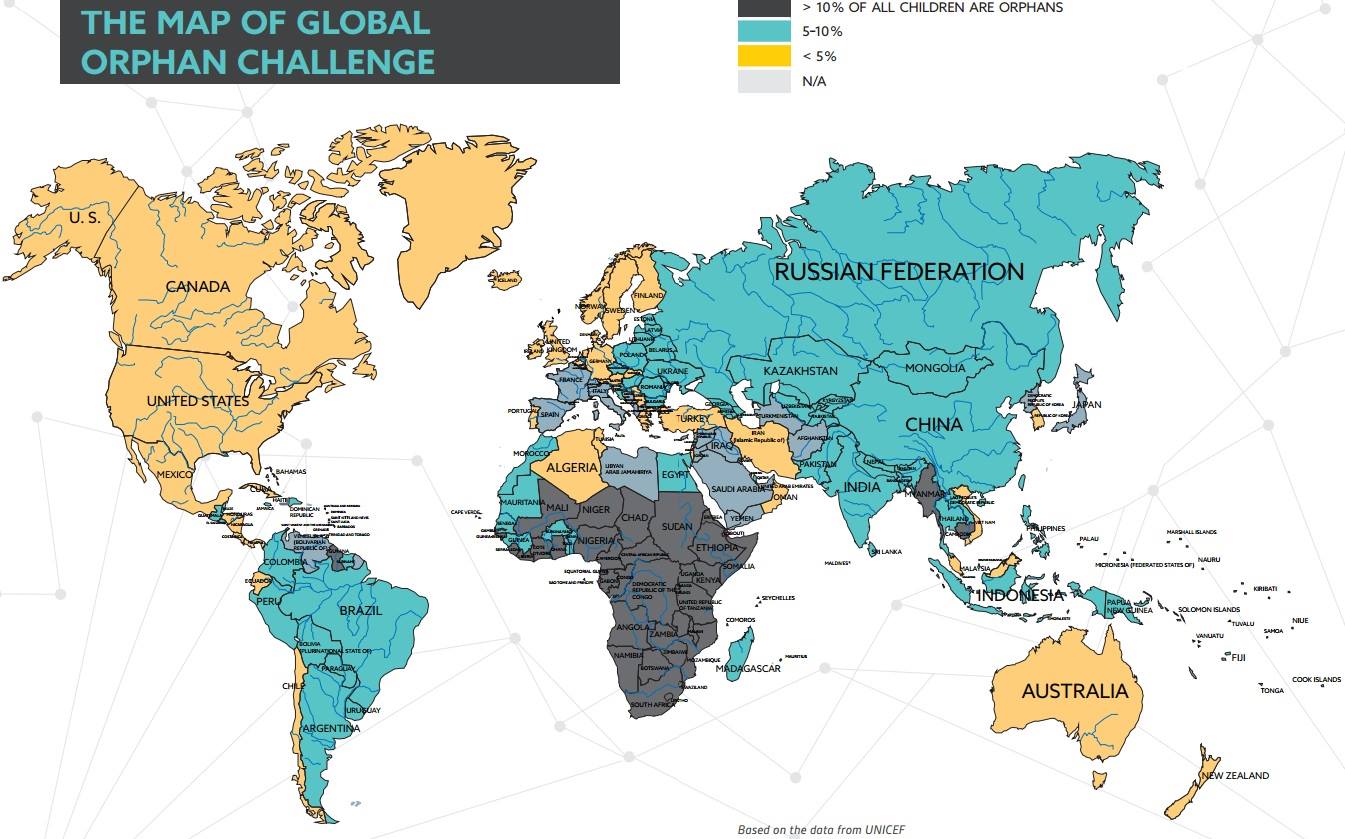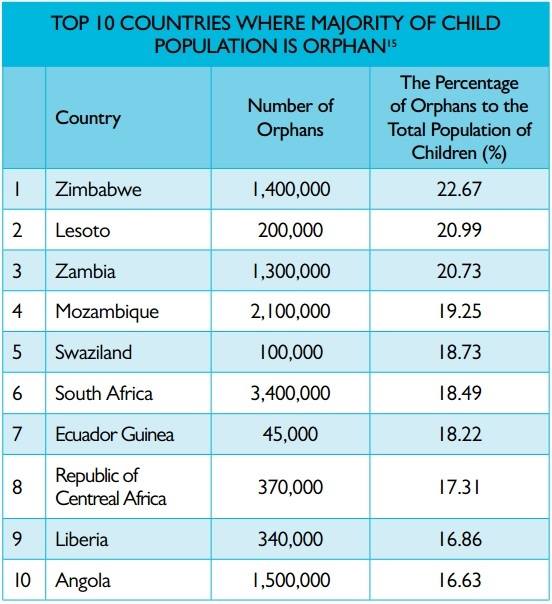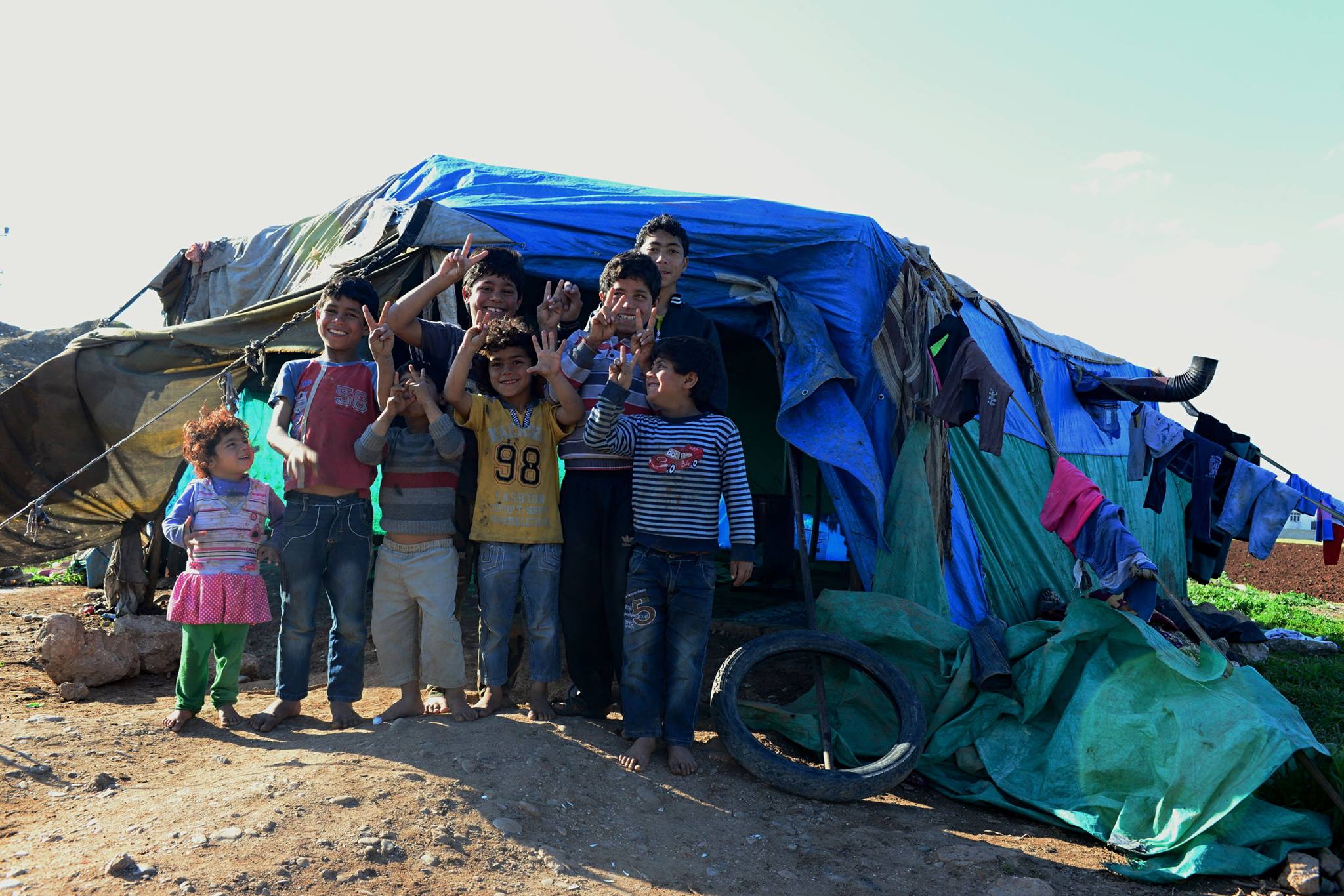THE FORGOTTEN.The drama lived by orphans: millions of children around the world cannot enjoy a nurturing family
While most of the children spend their days surrounded by a loving family, playing outside with their friends and going to school, let’s not forget about the other children that are not that fortunate. THE FORGOTTEN: children exposed to poverty and famine, forced labour, violence or suffering in the war zones.
EvoNews will publish a series of articles which aim to bring awareness to these serious issues and inspire people to take action to improve the worrisome situation of millions of children that are struggling instead of living their childhood without a care in the world.
Millions of children around the world are orphans. Whether they are abandoned by their parents, or left alone due to armed conflicts, natural disasters or various pandemics, their lives and development are strongly affected.
On a global level, up to 200 million children are orphans, according to the most recent data from UNICEF. This category includes children that lost both of their parents, as well as those with a single parent.
Most orphan children are located in Sub-Saharan Africa and southern Asia, with India having the highest figures: 31 million. China comes second after India, with 20,6 million orphans, followed by Nigeria, with 12 millions.
Bangladesh, Ethiopia, Indonesia, Congo, Pakistan, Brazil and South Africa complete the top 10 countries with most orphan children.

Zimbabwe, the country with the highest rate of orphan children
Compared to the total population of children in each country, the highest rate of orphans can be found in Zimbabwe. 22,67% of children here are orphans, according to a report made by NGO World Without Orphans (WWO).
In the Kingdom of Lesotho (southern Africa), the proportion is of 20,99%, and in Zambia, the percentage reaches 20,73%. The top 10 is completed by Mozambique (19,25%), the Kingdom of Swaziland (18,73%), South Africa (18,49%), Equatorial Guinea (18,22%), Central African Republic (17,31%), Liberia (16,86%) and Angola (16.63%).

In Zimbabwe and Lesotho, nine out of ten children that lost both their parents are in this situation due to HIV/AIDS.
At the same time, dozens of thousands of children lost one or both their parents due to the Ebola pandemic in Guinea, Liberia and Sierra Leone.
Armed conflicts left thousands of children without their parents
Although there is not enough data, military conflicts led to over 4,000 children being left orphans of both their parents in Syria alone.

For instance, Turkish authorities recently opened a complex for sheltering and educating children that were left orphans due to the Syrian civil war. This complex is located in Reyhanli, only a few kilometers from the Syrian border and 54 kilometers from the metropolis of Aleppo.
According to the local media, up to 990 children will be living in 55 villas built by the Turkish authorities, and the complex has access to four school, one mosque, a playground and a sports hall.
Building this complex for the orphans took less than 2 years, and it is the result of a collaboration between two humanitarian organizations and the Turkish government.
Moreover, another 5,000 children will benefit from the services and facilities of the complex, even if they do not live in the orphan villas.
Europe: which country has the highest rate of child abandonment
A serious issue is also posed by young children being abandoned in hospitals. In Europe, the highest number of children aged 0 – 3 that are abandoned is found in Slovakia: 4,9 for every 1,000 births. The country is followed by the Czech Republic (4,1 for every 1,000 birth); Latvia (3,9 for every 1,000 births) and Poland (3,7 for every 1,000 births), according to the information available on the European Commission website.
The same source mentions, though, that many EU member countries do not keep records of the children from the aforementioned age group that are abandoned in maternity units.
However, among the countries that do, Romania has the highest rate of children abandoned in maternity units every year: 3,6 for every 1,000 births.
Romania is followed by Slovakia (3,3 for every 1,000 births), Poland and Lithuania (each with 1,7 for every 1,000 births) and France (1 for every 1,000 births).
The main reasons mothers choose to abandon their babies are mainly due to their financial situations. Other reasons are the fear of being a single parents, postpartum depression, lack of sexual education, misinformation regarding family planning, certain disabilities of the baby or the fact that the pregnancy was the result of a rape or an abuse.